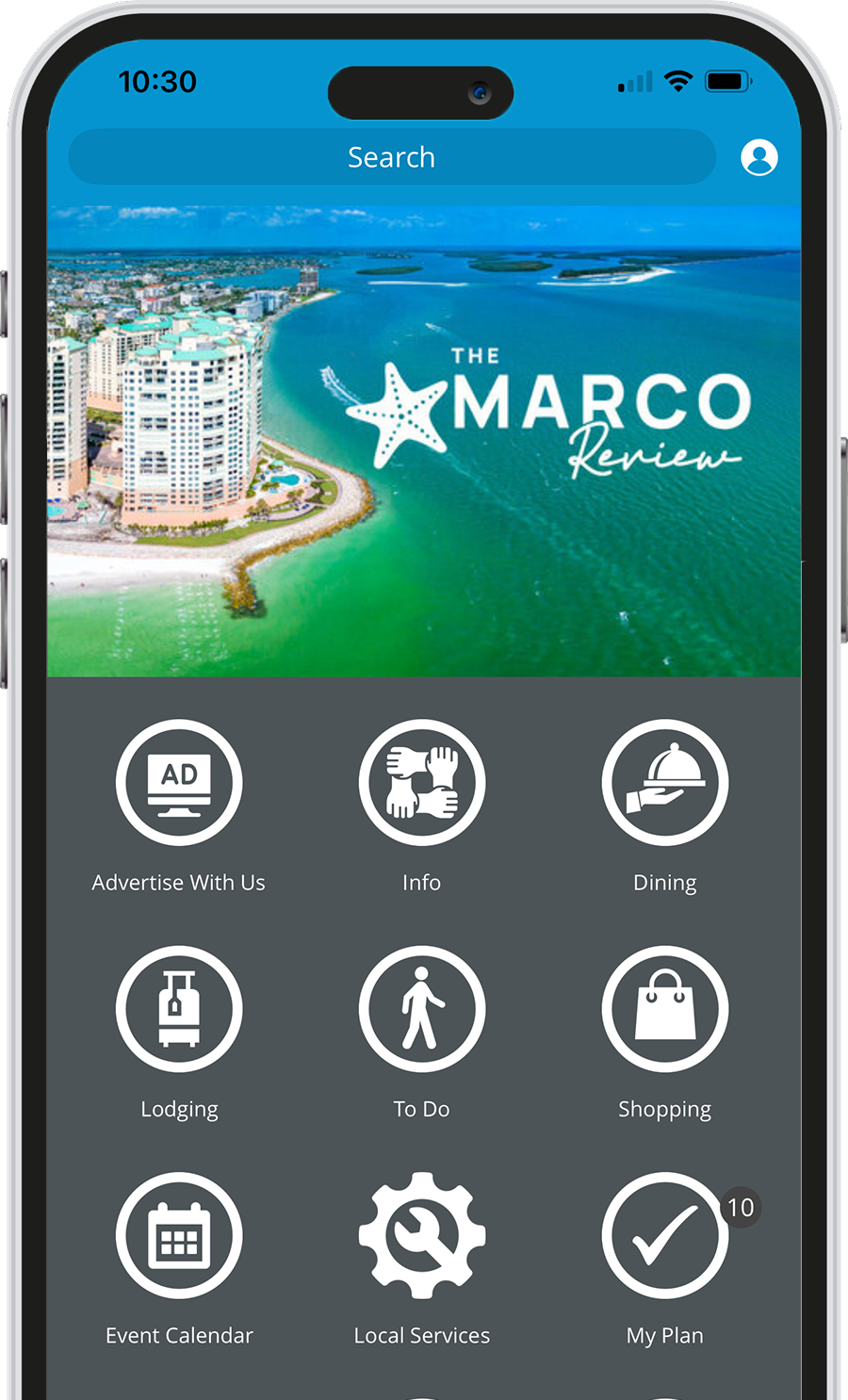The Story of Marco Island, Part 3: Pirates, Ranchos & Pioneers — Plan a Marco Island Trip Through the Quiet Years
If you plan a Marco Island trip, you’ll hear whispers of hidden treasure, smugglers’ shortcuts, and storm-tossed shipwrecks. Those tales flourished during the island’s “quiet years,” when mangrove mazes sheltered working watermen and a handful of hardy families. The Ten Thousand Islands remain a wild backdrop today—protected as the Ten Thousand Islands National Wildlife Refuge, a 35,000-acre labyrinth of mangroves and creeks just south of Marco.
Legends on a Wild Coast (Pirates & Shipwrecks)
You’ll hear about José Gaspar (Gasparilla). It’s a fun yarn—but the first written version came from an early-1900s hotel brochure for the Gasparilla Inn, whose author later admitted it was fiction. Tampa adopted the story for a 1904 festival, and the legend stuck. There’s still no historical evidence that Gaspar was real.
What did happen here were storms, shoals, and wrecks. Across Florida, treacherous waters created a salvage economy; in the Keys, the Territorial Legislature passed a formal 1823 Salvage Act to regulate “wrecking,” highlighting how common groundings were along the Gulf and reef line. Those realities fed the stories that drifted north to places like Marco.
From Lore to Livelihood: Cuban Fishing Ranchos
After the Calusa era, real life—not pirates—sustained these waters. Starting in the late 1700s, Cuban captains established seasonal fishing ranchos along the southwest coast, including the Marco/Caxambas area. They netted mullet and other fish, salt-cured the catch on site, and shipped barrels to Havana—often aiming to deliver by Lent when demand spiked. By the 19th century, many ranchos were year-round communities and intertwined with Native people and later Creek/Seminole migrants, the so-called “Spanish Indians.”
You can still feel that working-waterfront DNA on today’s outings. Build your day with a beach from our Marco Island beaches guide, then add a backcountry cruise from Things to do.
Old Marco, Goodland & Chokoloskee: Pioneers Take Root
In 1870, W. T. Collier settled the north end at what became Old Marco, and his son Captain Bill Collier grew it into a small hub—opening the island’s first inn and waterfront store and later experimenting with motorized dredges for clamming. The Olde Marco Inn traces its roots to the 1880s and still anchors the historic village feel today.
To the south, Goodland evolved as a tight-knit fishing village on the edge of the Ten Thousand Islands. And just beyond, Chokoloskee’s 1906 Smallwood Store—later rebuilt in 1917—served as trading post, post office, and supply house for settlers and Seminoles; it’s on the National Register of Historic Places and operates as a living museum.
Make time for a stroll through Old Marco, a dockside lunch from our Dining guide, and a browse via the Shopping guide. It’s the simplest way to see how pioneer threads still run through a modern trip.
The Clam Boom at Caxambas (1904–1940s)
Marco’s first clam cannery opened at Caxambas in 1904, when New York packer E. S. Burnham built a factory on donated waterfront land. It stabilized the tiny settlement and kicked off a long clamming era. A second plant followed when J. Harvey Doxsee moved operations to Marco in 1910–1911, employing as many as 150 workers at its peak. For 40+ years, clamming was Marco’s leading industry—until local beds were exhausted and the last cannery closed by 1947.
Today, Caxambas Park is your launch pad to the northern Ten Thousand Islands—easy ramps, parking, and quick access to shoals and beaches that once fed the canneries. Pair a morning boat trip with a museum visit to connect the dots.
Smugglers & “Square Grouper” (A Recent Chapter)
Those tight mangrove creeks also tempted smugglers. In 1983, a two-year investigation called Operation Everglades hit nearby Everglades City: 28 arrests, boats and planes seized, and front-page headlines that cemented the “square grouper” lore in local memory. It’s part of the region’s modern story—an echo of how geography shapes livelihoods here.
When you plan a Marco Island trip today, you’re stepping into that layered coast: Calusa waterways, Cuban ranchos, pioneer docks, clam canneries, and a few salty headlines. Use our Lodging guide to choose your base, check Tides & sunsets to time the magic, and scan our Events calendar to catch seasonal fun between beach hours.





